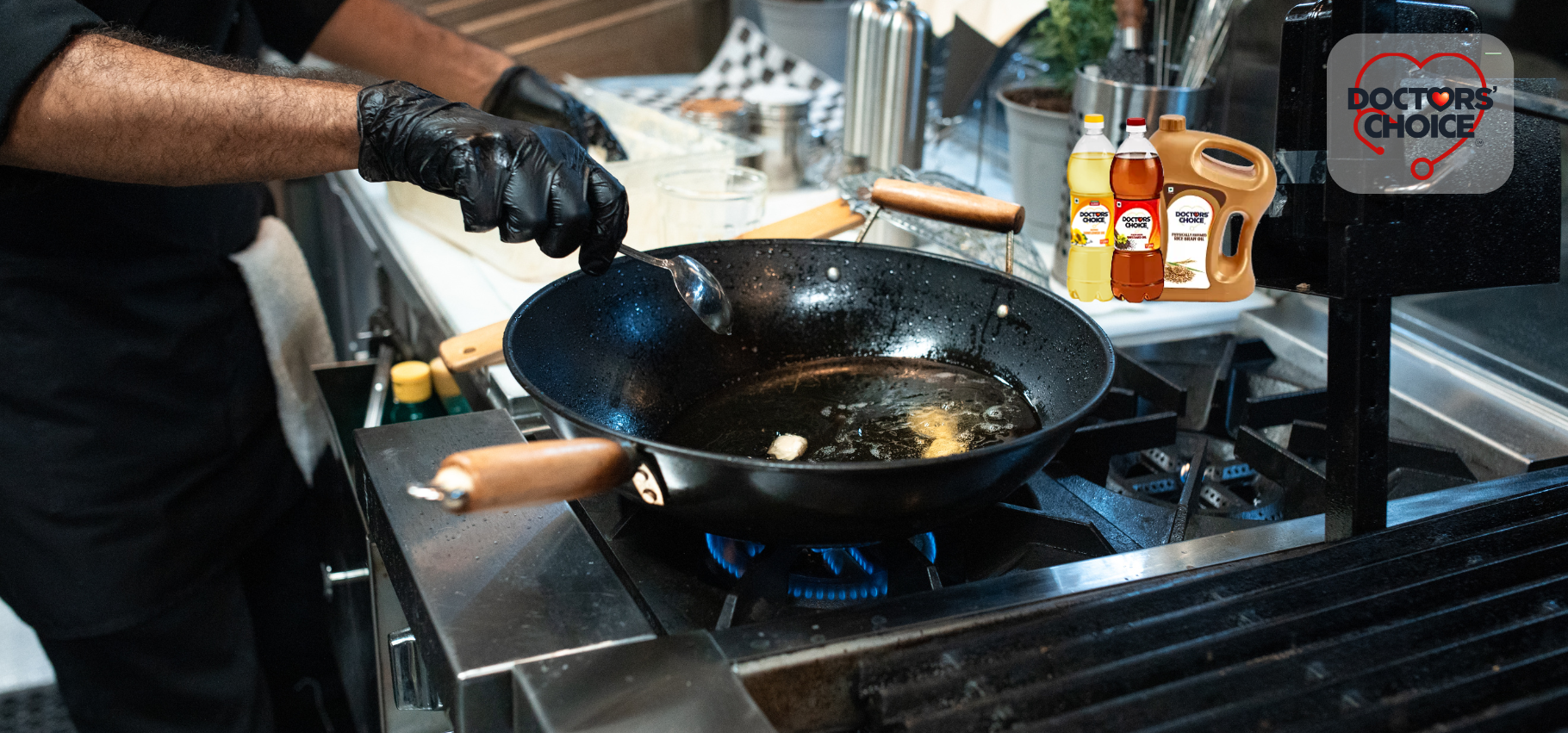The Trans Fat Trap: How to Spot Hidden Sources in Cooking Oils
So, to breakdown your diet into percentages. What would you imagine?
You may think a quarter of your daily calories were grains and the other was protein. So, what percentage of your daily meal went to fruits and veggies?
Here’s one fact you must have missed the vegetable oil. It brings to the table a plethora of health benefits that add to the daily intake of nutrition in our body. Vegetable oils make upto 20% of calories.
Yes, you heard it right 20%!
So, cooking oils are ingredients that did not exist a century ago but now it has become an integral part of the diet and must be careful. It’s present in our favourite food & grocery products like salad dressing, ketchup, chees and many more.
Cooking oils are a crucial part of our diet that contributes to our overall health. But hiding in the shadows are the transfats that increase the risk of heart attack, diabetes, and upset stomach by increasing the bad cholesterol and decreasing the good cholesterol.
So the tricky part is hiding in the edible cooking oils we use daily to prepare our meals.
What are Trans Fats?
Trans fats are primarily created through a process called hydrogenation. This process adds hydrogen atoms to vegetable oils, making them more solid at room temperature and increasing their shelf life. Therefore, creates trans fats.
Here’s What To Be Careful About-
Partially Hydrogenated Oils: So, if you see this on a label. That’s a red flag. This term on a label is a red flag. This implies that the oil consists of trans fats. Try to avoid food with this presence of this.
Hydrogenated Vegetable Oil: This implies hydrogenation, regulations sometimes allow minimal trans fat content to fall under labelling loopholes. It's best to avoid this ingredient as well or choose a brand that explicitly states "trans-fat-free" on the label.
Navigate The Maze Of Healthy Oil with Mustard Oil
A great choice for Indian cuisine, edible mustard oil for cooking offers a unique flavour profile and is rich in omega-3 fatty acids & omega-6 fatty acids, but use it sparingly due to its strong taste. It acts as a preservative when added to pickles and chutneys.
Also, comes packed with a plate full of health benefits. It is worth noting that mustard is excellent for diabetic patients because of its anti-inflammatory properties. Moreover, consuming a teaspoon of mustard oil and honey aids with different respiratory problems.
Make the Right Choice with Doctors’ Choice Oil
So, if you are confused about which oil to go for?
Choose a trusted name in the market that is renowned for its identity as a supplier of affordable and pure edible oils.
Doctors’ Choice mustard oil is every household’s first choice for oil. Enriched with natural antioxidants, Doctors’ Choice mustard oil brings top-class taste and health benefits straight from the kitchen to your table. Thus, it is a great addition to take care of your overall health.
FAQ’S
Why Do North Indians Use Mustard Oil?
The culinary dishes across North and East India showcase mustard oil's crucial role in preparing different items. From the well-known sarson da saag in Punjab to the deciduous fish curries of Bengal, its unique and pungent flavour is irreplaceable.
Is Mustard Oil Better Than Olive Oil?
Mustard oil is healthier compared to olive oil. This is because of the perfect ratio of omega-3 & omega-6 fatty acids. Thus, making this edible oil for cooking the right choice for overall health.
If we talk about olive oil, this balance is missing and also comes with a steep price to pay.






